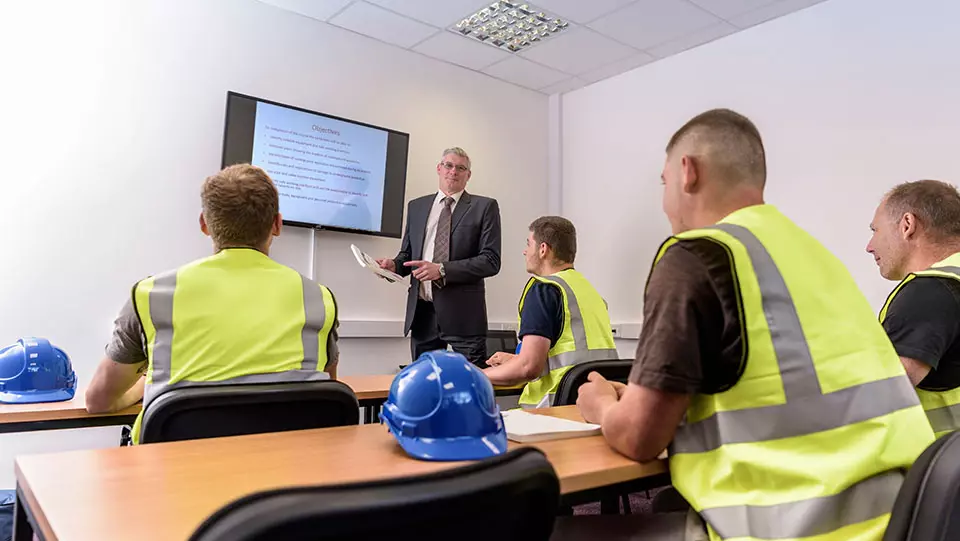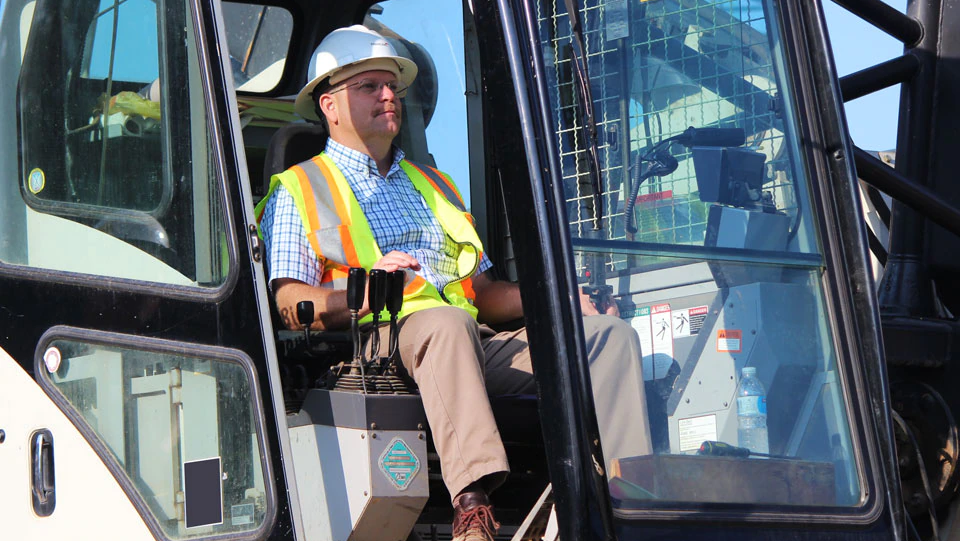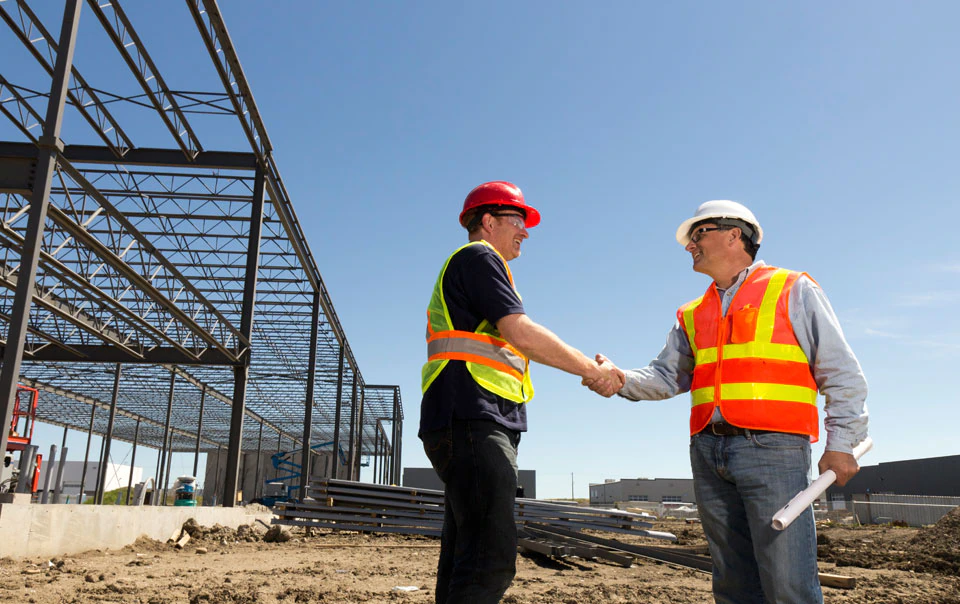4 Key Steps for Construction Projects to Help Protect Your Company


Taking precautions before work begins and while underway can help safeguard your construction project from injuries and damages occurring during construction, and any claims made after the project is completed. Having well documented pre- and post-construction conditions surveys, records of all work conducted, and any changes requested along the way can be valuable if damages are alleged.
Many construction companies conduct pre-construction surveys to identify and document any pre-existing damage to nearby properties before work begins, but they may not extend their survey area far enough to cover all potential properties that could be affected by construction activity. Before you start your next big construction project, take a look at these key steps that can help prevent or mitigate damages and protect your company.
1. Identify project safety exposures. The project manager or superintendent should evaluate the project to identify exposures that may be encountered during the work. The goal is to identify potentially hazardous activities that can impact worker safety or that of the general public, such as working at heights, trenching and excavation, working in and around traffic and crane placement and usage. Once exposures associated with the project have been identified, evaluate appropriate programs and measures to determine the most effective controls to implement.
2. Train teams on products and equipment. Per the AGC of America, 83% of contractors surveyed in 2016 said they are worried about skilled labor. In addition, Travelers claim data indicates 48% of all injuries occurred in the first year of employment.* Combining these factors points to the importance of making sure that workers are familiar with manufacturer and product instructions for installation. Travelers investigates thousands of construction defect claims every year and many involve products or building systems that were installed incorrectly or did not perform as designed, which resulted in property damage. Workers should also be trained in the hazards associated with the work and what precautions should be taken. Many contractors have onboarding programs for new workers that include mentoring programs to reinforce the importance of quality work as well as the importance of following established safety programs.

48% of all injuries occurred in the first year of employment.
According to Travelers claim data
3. Consider the impact of ground vibrations. When evaluating the project, consider the type of work and equipment that will be generating ground vibrations, the proximity to adjacent structures, and the type of structures in the area. Assess the potential for damaging vibrations and be prepared to stop work and re-assess other options to prevent damage.
“Contractors tend to survey areas that are readily available and obvious,” said Mike Koppang, a Travelers Risk Control professional. “Often, we’re seeing that alleged damages are not at the structures in close proximity to the project, but rather in structures further away and often are not captured in pre-construction surveys. Take into account the human perception zone. If people perceive vibrations, they may allege damages, even if they were outside the possible damage zone for ground vibration activity.”
Construction companies can develop measures to help mitigate against damages caused by vibration-generating work. Proven methods to reduce ground vibrations from construction equipment exist and should be considered.
Travelers has developed an online construction vibration tool, ZoneCheck®, which helps customers to identify potential equipment-generated ground vibration risks. By centralizing industry-recognized ground vibration data for construction equipment, the tool calculates how far ground vibrations may extend to surrounding structures and occupants. “ZoneCheck identifies the human perception zone and an alert zone from the vibration source and overlays these on an aerial image. This image is included in a PDF report that ZoneCheck generates, which can be sent to field staff or other contractors that may benefit from the information,” Koppang said. In addition, the report points to other resources available regarding vibration damage.
4. Keep good records. Having a formal project documentation policy in place prior to starting projects is important. The policy should include written procedures to track changes and written approvals throughout the construction process. Construction defect losses can be reported several years after a project has been completed. Therefore, project documents can be critical to understand years later, what happened and why it happened. Changes can occur quickly during a construction project and at times, fully documenting the details of these changes does not occur. “With many claims we investigate at Travelers, we are unable to find supporting documentation for changes to specifications or large change orders,” Koppang said. “Retaining and finding that documentation is important, as it can explain why the as-built conditions differ from original design documents and who was responsible for that work.”
Post-construction surveys are also important to establish conditions at the completion of the project. Document the conditions prior to mobilizing off any site. “It can go a long way to refute erroneous allegations,” Koppang says. This would include subcontractors capturing as-built conditions prior to turning over to the next contractor at the completion of their work.
Taking steps to protect your construction site in advance can help keep workers safe and avoid costly construction claims.
*Travelers Construction Market-only Workers compensation claims, countrywide, closed loss years 2015-2019.



